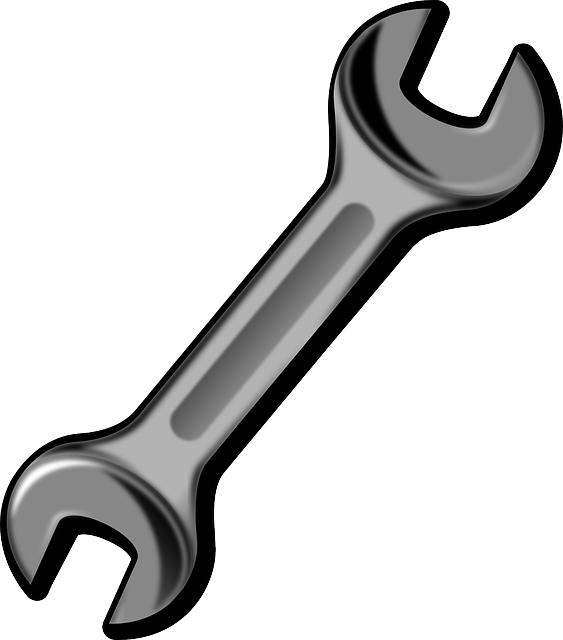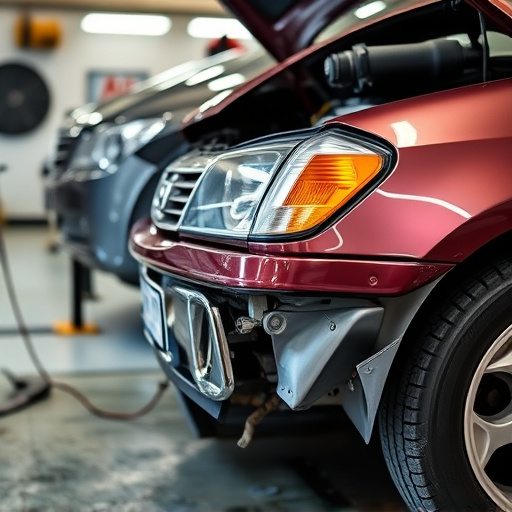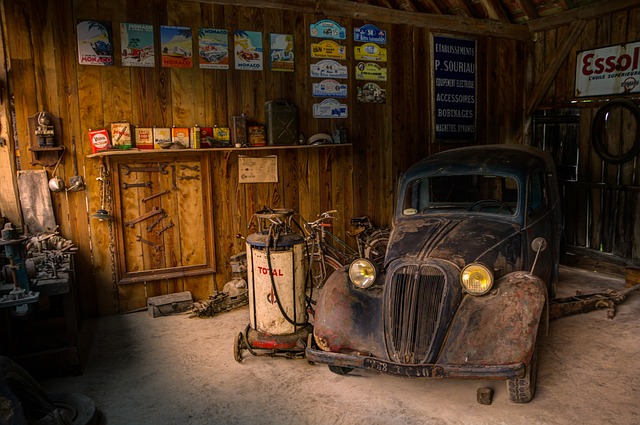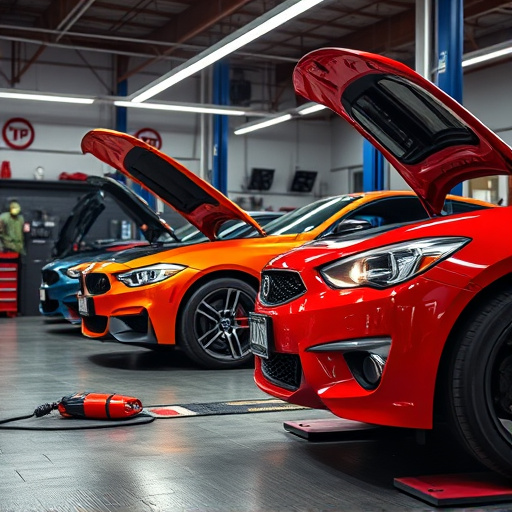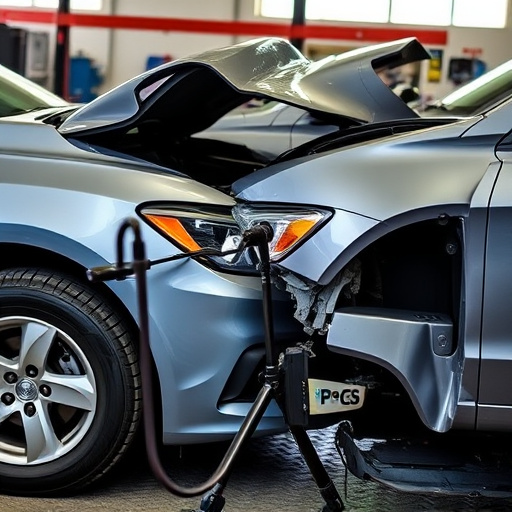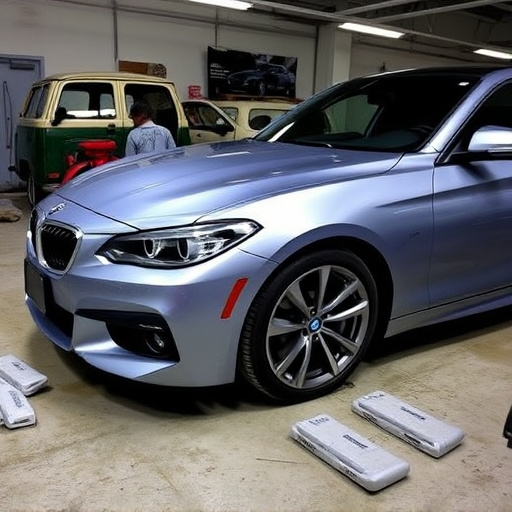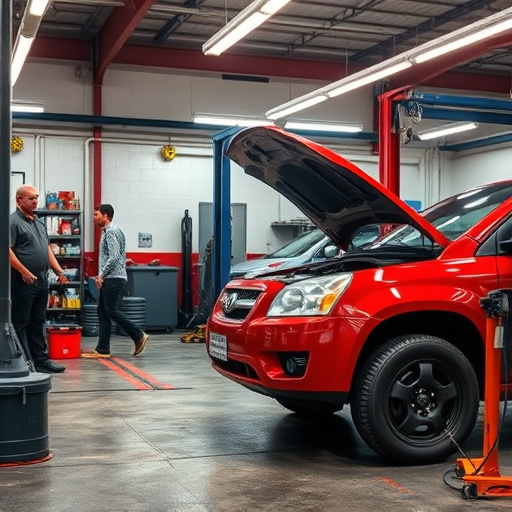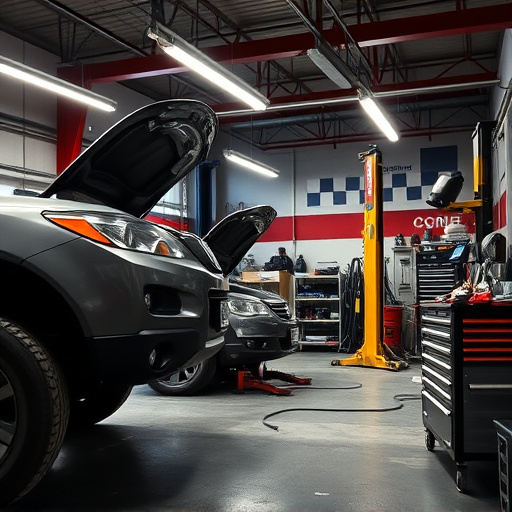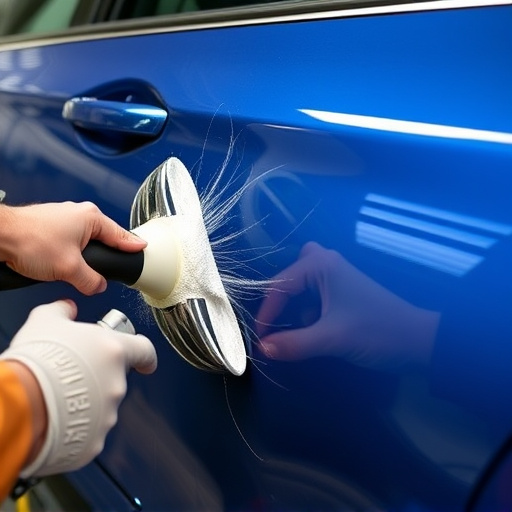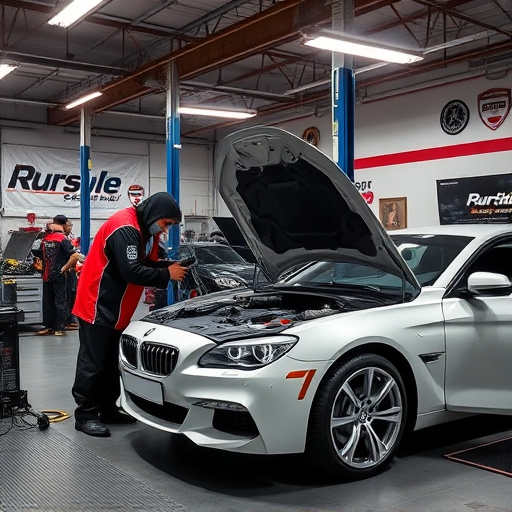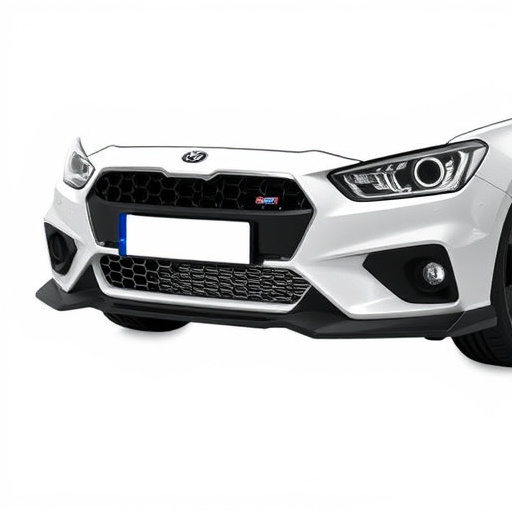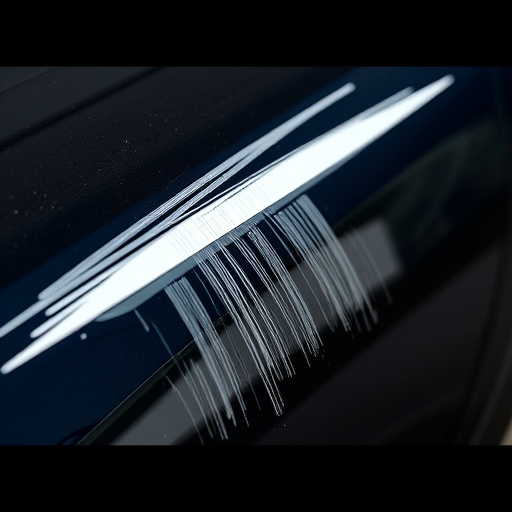Hatchback collision repair has seen significant advancements, driven by evolving consumer expectations and automotive manufacturing trends. Modern hatchbacks prioritize safety with robust crumple zones and advanced airbag systems, while maintaining sleek designs. Repair techniques like precision welding and CAD restore structural integrity and aesthetic appeal, increasing resale value. The industry adapts with specialized services, faster restoration times, and cost-effective solutions, setting new standards for hatchback collision repair.
In the dynamic automotive landscape, hatchback collision repair has emerged as a game-changer, transforming both industry standards and consumer experiences. As hatchback designs evolved, so too did the need for specialized repair techniques. This article delves into the fascinating evolution of hatchback collision repair, exploring its impact on the automotive industry and the significant benefits it offers consumers. From advanced techniques to market shifts, discover how this niche has revolutionized vehicle restoration.
- Evolution of Hatchback Design Post-Collision Repair
- The Impact on Automotive Industry Standards
- Consumer Benefits and Market Shifts Due to Advanced Techniques
Evolution of Hatchback Design Post-Collision Repair
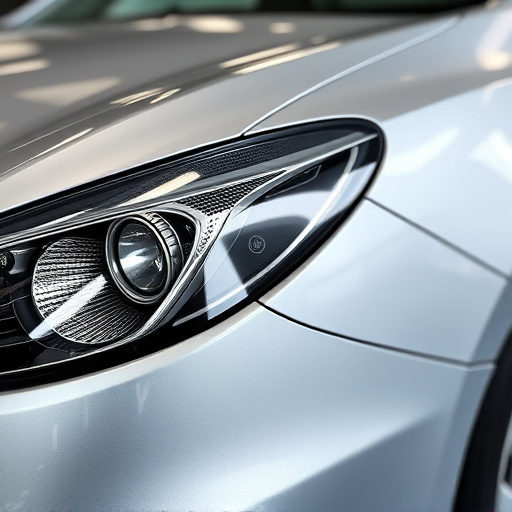
The evolution of hatchback design post-collision repair reflects a significant shift in automotive manufacturing and consumer expectations. Historically, hatchbacks were known for their sleek, compact profiles, offering easy accessibility to cargo spaces. However, as safety standards evolved, so did the design. Modern hatchbacks incorporate robust crumple zones, reinforced structural elements, and advanced airbag systems, all designed to enhance passenger safety in the event of a collision. This transformation has not only made hatchbacks safer but also increased their resilience to damage during accidents.
Hatchback collision repair has played a pivotal role in this evolution. Advanced repair techniques, such as precision welding, computer-aided design (CAD), and high-quality car paint services, enable vehicle body shops to restore damaged hatchbacks to near-original condition. This not only preserves the aesthetic appeal but also ensures structural integrity. As a result, consumers now have more options when it comes to choosing a reliable, safe, and aesthetically pleasing hatchback, further solidifying these vehicles’ place in the market for both practicality and style.
The Impact on Automotive Industry Standards
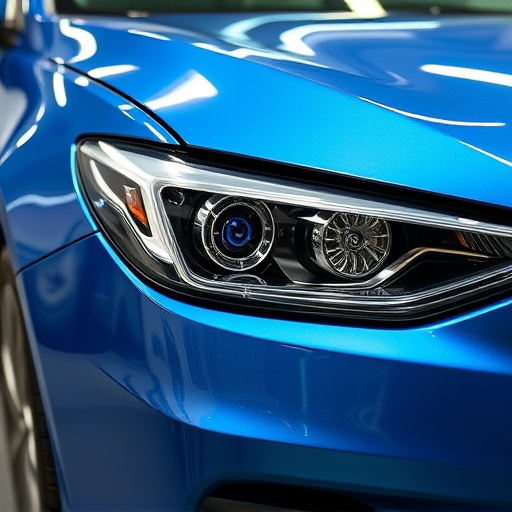
The rise of hatchback collision repair has significantly reshaped the automotive industry’s standards and practices. As more cars embrace the compact and versatile design of hatchbacks, the need for specialized repair services has surged. This shift has led to a higher demand for skilled technicians trained in handling complex automotive body work, particularly when it comes to fender repair and scratch repair on these unique vehicle structures.
The market response has been a transformation in service offerings. Modern repair shops are now equipped to cater to the specific needs of hatchback owners, ensuring that repairs not only restore the vehicle’s structural integrity but also maintain its aesthetic appeal. This focus on precision and quality control reflects an industry-wide commitment to delivering top-notch automotive body work, setting new standards for excellence in collision repair across the board.
Consumer Benefits and Market Shifts Due to Advanced Techniques
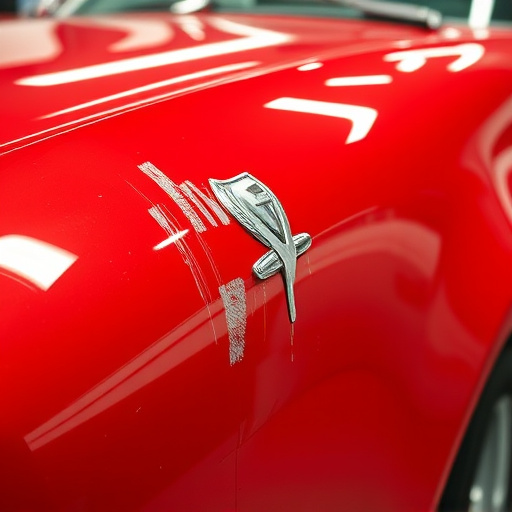
Advanced hatchback collision repair techniques have brought about significant changes in the automotive industry and consumer expectations. With innovations like paintless dent repair, car owners now enjoy faster, more cost-effective, and visually discreet restoration processes. These advanced methods not only save time but also preserve the original finish of the vehicle, enhancing its resale value.
As a result, the market has shifted towards higher customer satisfaction and better service standards. Mercedes Benz collision repair centers, for instance, have embraced these advancements to offer top-notch repairs. The focus is now on providing personalized services that cater to modern car owners’ needs, ensuring their vehicles are restored to near-original condition with minimal disruption to their daily routines.
Hatchback collision repair has evolved significantly, transforming both industry standards and consumer experiences. The advanced techniques employed in modern repair processes have not only enhanced safety features but also improved the overall aesthetic quality of hatchback vehicles. As a result, consumers benefit from faster turnaround times, reduced costs, and restored vehicle value. This shift in hatchback collision repair standards continues to shape the automotive industry, fostering innovation and better serving the needs of car owners worldwide.
